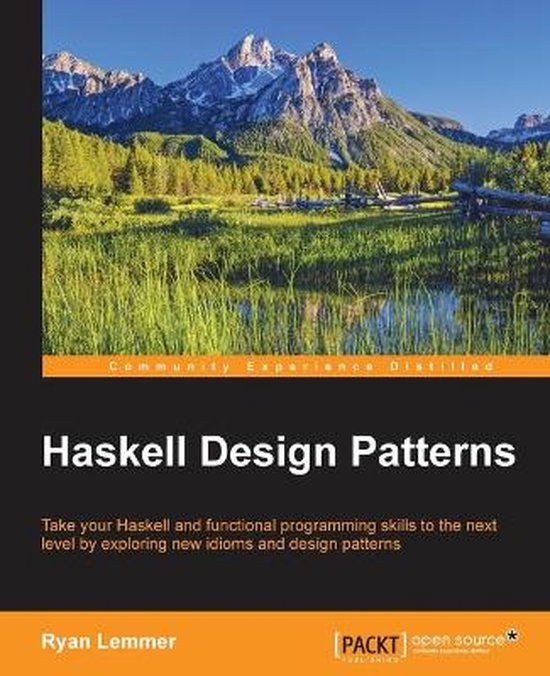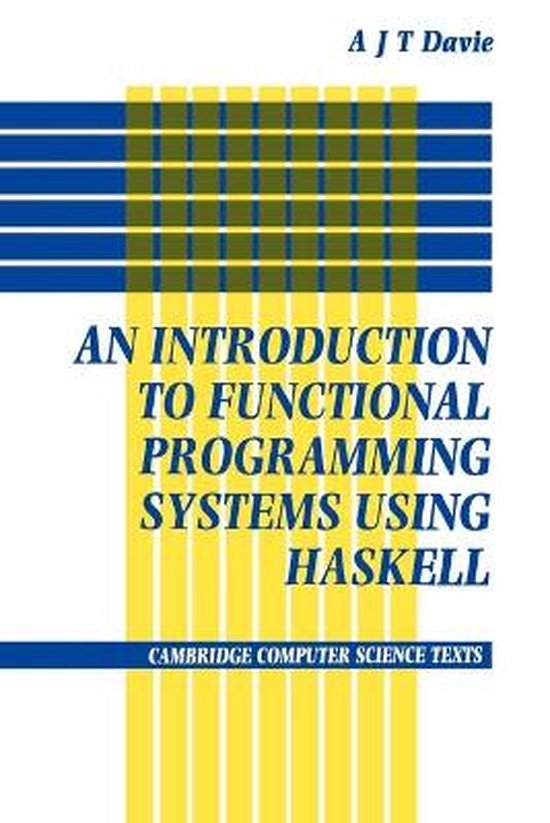
Haskell Design Patterns
Take your Haskell and functional programming skills to the next level by exploring new idioms and design patterns About This Book * Explore Haskell on a higher level through idioms and patterns * Get an in-depth look into the three strongholds of Haskell: higher-order functions, the Type system, and Lazy evaluation * Expand your understanding of Haskell and functional programming, one line of executable code at a time Who This Book Is For If you're a Haskell programmer with a firm grasp of the basics and ready to move more deeply into modern idiomatic Haskell programming, then this book is for you. What You Will Learn * Understand the relationship between the Gang of Four OOP Design Patterns and Haskell * Try out three ways of Streaming I/O: imperative, Lazy, and Iteratee based * Explore the pervasive pattern of Composition: from function composition through to high-level composition with Lenses * Synthesize Functor, Applicative, Arrow and Monad in a single conceptual framework * Follow the grand arc of Fold and Map on lists all the way to their culmination in Lenses and Generic Programming * Get a taste of Type-level programming in Haskell and how this relates to dependently-typed programming * Retrace the evolution, one key language extension at a time, of the Haskell Type and Kind systems * Place the elements of modern Haskell in a historical framework In Detail Design patterns and idioms can widen our perspective by showing us where to look, what to look at, and ultimately how to see what we are looking at. At their best, patterns are a shorthand method of communicating better ways to code (writing less, more maintainable, and more efficient code). This book starts with Haskell 98 and through the lens of patterns and idioms investigates the key advances and programming styles that together make modern Haskell . Your journey begins with the three pillars of Haskell. Then you'll experience the problem with Lazy I/O, together with a solution. You'll also trace the hierarchy formed by Functor, Applicative, Arrow, and Monad. Next you'll explore how Fold and Map are generalized by Foldable and Traversable, which in turn is unified in a broader context by functional Lenses. You'll delve more deeply into the Type system, which will prepare you for an overview of Generic programming. In conclusion you go to the edge of Haskell by investigating the Kind system and how this relates to Dependently-typed programming. Style and approach Using short pieces of executable code, this guide gradually explores the broad pattern landscape of modern Haskell. Ideas are presented in their historical context and arrived at through intuitive derivations, always with a focus on the problems they solve.
| Auteur | | Ryan Lemmer |
| Taal | | Engels |
| Type | | Paperback |
| Categorie | | Computers & Informatica |





